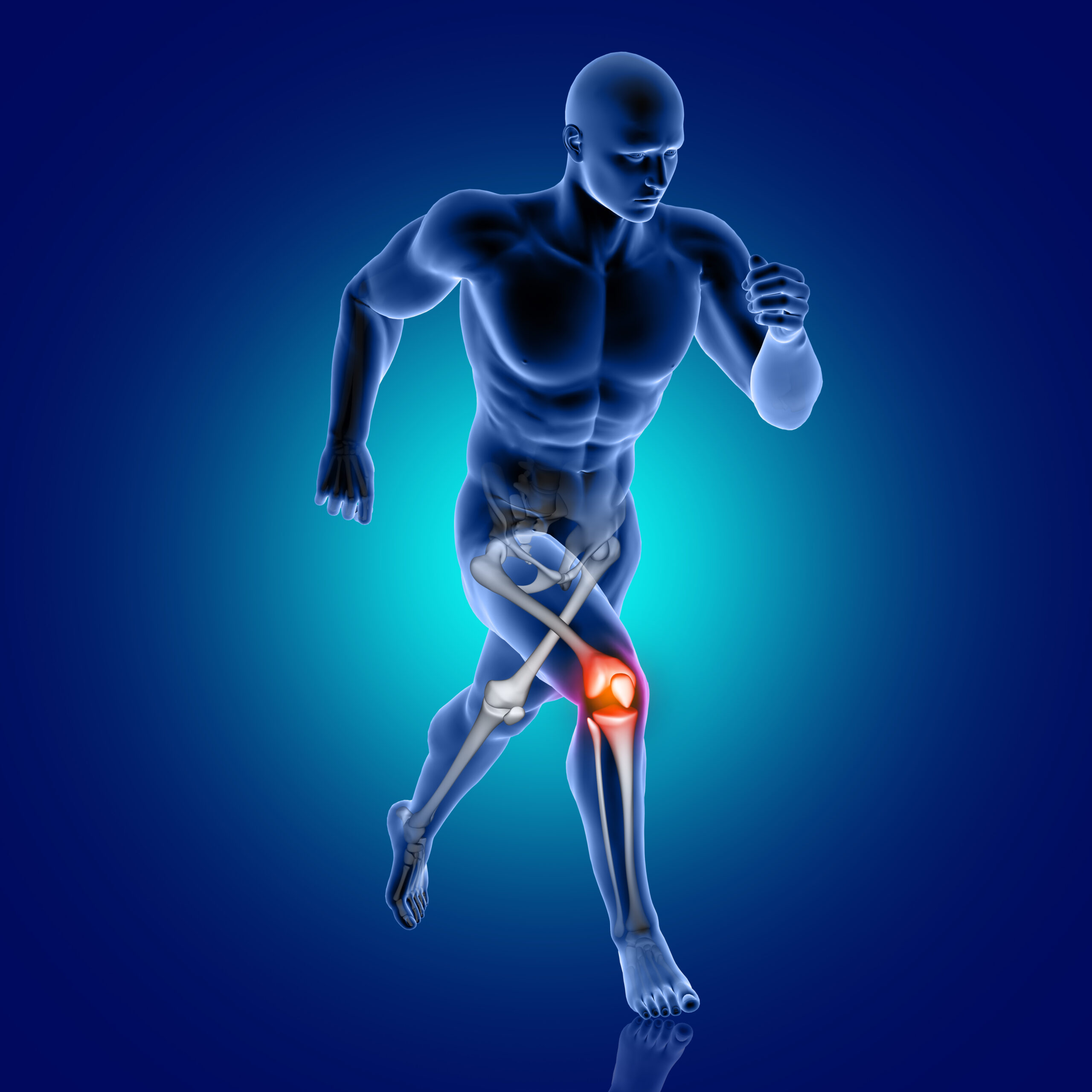Timings
Evercare Hospital Lahore
- Monday - Thursday (11 am - 01 pm)(07 pm - 09 pm)
- Friday (02 pm - 05 pm)(07 pm - 09 pm)
- Saturday (04 pm - 06 pm)
Contact Info
- Phone: 03060603646
- Whatsapp: 03060603646
- Email: Info@drwaqasjavedorthopedics.com
Total Knee Replacement

Knee replacement, also known as knee arthroplasty, is a crucial orthopedic procedure that has transformed the lives of millions worldwide. As a leading orthopedic surgeon in Lahore, I’ve witnessed firsthand the impact of this surgery on patients suffering from debilitating knee pain and reduced mobility. In this comprehensive guide, we’ll explore the ins and outs of knee replacement, with a particular focus on total knee replacement treatment in Pakistan.
Knee replacement surgery involves replacing damaged parts of the knee joint with artificial components, typically made of metal and plastic. This procedure aims to relieve pain, restore function, and improve the quality of life for patients with severe knee conditions.
The Importance of Knee Replacement in Orthopedic Care
The knee joint is fundamental to our daily activities, from walking and climbing stairs to simply standing up. When knee pain becomes chronic and conservative treatments fail, knee replacement can be a life-changing solution. According to the American Academy of Orthopaedic Surgeons, over 90% of people who undergo knee replacement experience a significant reduction in knee pain and a substantial improvement in their ability to perform common activities [1].
In Pakistan, where the prevalence of knee osteoarthritis is estimated to be 28% in people over 60 years old [2], the need for effective knee replacement treatments is more crucial than ever. As your orthopedic surgeon, I’m committed to providing the highest quality total knee replacement treatment to improve your mobility and overall quality of life.
Recent Advancements in Knee Replacement Techniques and Technologies
The field of knee replacement has seen remarkable advancements in recent years, many of which are now available in Pakistan. These innovations have significantly improved surgical precision, patient outcomes, and recovery times.
Robotic-Assisted Knee Replacement
Robotic-assisted surgery represents a major leap forward in total knee replacement treatment. This technology allows for unprecedented accuracy in implant positioning and bone preparation. A study published in the Journal of Knee Surgery found that robotic-assisted knee replacement resulted in better implant alignment and potentially longer-lasting results compared to conventional techniques [3].
Patient-Specific Implants
Another exciting development is the use of patient-specific implants. Using advanced imaging and 3D printing technology, we can now create implants tailored to each patient’s unique anatomy. This personalized approach has shown promising results, with a study in the Journal of Arthroplasty reporting improved patient satisfaction and functional outcomes [4].
Minimally Invasive Techniques
Minimally invasive knee replacement techniques have revolutionized the way we approach total knee replacement treatment. These methods involve smaller incisions and less tissue damage, leading to faster recovery times and reduced post-operative pain. A meta-analysis published in the International Orthopaedics journal found that minimally invasive techniques resulted in shorter hospital stays and improved early functional recovery compared to traditional approaches [5].
Knee Replacement in Pakistan: Statistics and Trends
While comprehensive national data on knee replacement in Pakistan is limited, available statistics and trends paint an interesting picture:
- A study conducted at a major hospital in Karachi found that the mean age of patients undergoing total knee replacement was 59 years, with females accounting for 75% of cases [6].
- The most common indication for knee replacement in Pakistan is osteoarthritis, followed by rheumatoid arthritis [7].
- Success rates for knee replacement in Pakistan are comparable to global standards, with a study reporting 92% patient satisfaction at 2-year follow-up [8].
These statistics highlight the growing importance of knee replacement surgery in addressing the orthopedic needs of our population.
Aspect | Traditional Technique | Advanced Technique | Precision | Manual alignment | Computer-assisted or robotic guidance |
|---|---|---|
Incision Size | Larger incision | Smaller, less invasive incision |
Blood Loss | Moderate | Reduced |
Hospital Stay | 5-7 days | 2-4 days |
Recovery Time | 3-4 months | 6-8 weeks |
Long-term Outcomes | Good | Potentially superior due to better alignment |
A meta-analysis published in the Journal of Arthroplasty found that computer-assisted knee replacement resulted in significantly better implant alignment compared to conventional techniques, potentially leading to improved long-term outcomes [9].
Benefits of Advanced Knee Replacement for Pakistani Patients
The advancements in knee replacement techniques offer numerous benefits for our patients:
- Improved Accuracy: Advanced techniques allow for more precise implant positioning, potentially increasing the longevity of the replacement.
- Faster Recovery: Minimally invasive approaches often result in quicker recovery times, allowing patients to return to their daily activities sooner.
- Reduced Pain: Smaller incisions and less tissue damage typically lead to less post-operative pain.
- Shorter Hospital Stays: Many patients can now go home within 1-2 days after surgery, reducing the risk of hospital-acquired infections.
- Better Range of Motion: Patient-specific implants can provide a more natural feel and potentially better range of motion.
- Improved Long-term Outcomes: More accurate implant positioning may lead to longer-lasting results and reduced need for revision surgeries.
Addressing Common Concerns About Knee Replacement
As an experienced orthopedic surgeon, I often encounter several misconceptions about knee replacement. Let’s address some of these.
“Knee replacement is only for the elderly.”
While knee replacement is more common in older adults, it can be beneficial for younger patients with severe knee problems. The decision is based on the extent of knee damage and pain, not age alone.
“The recovery is extremely painful and takes forever.”
While there is some discomfort during recovery, pain management techniques have significantly improved. Most patients can walk with assistance within a day of surgery and return to normal activities within 6-8 weeks.
“Knee replacements don’t last long.”
Modern knee replacements can last 15-20 years or more. A study in the Lancet found that 82% of total knee replacements last 25 years [10].
“I won’t be able to kneel or squat after surgery.”
While kneeling and squatting can be challenging after knee replacement, many patients can perform these activities with proper rehabilitation and technique.
Dr. Waqas Javed’s Expertise in Knee Replacement
As a consultant orthopedic surgeon specializing in knee replacement, I have performed hundreds of successful total knee replacement treatments. My approach combines the latest advancements in knee replacement technology with a personalized care plan for each patient.
I stay up-to-date with the latest research and techniques through regular attendance at international conferences and workshops. My goal is to provide you with the most advanced and effective knee replacement options available in Pakistan.
Patient Success Stories
While maintaining patient confidentiality, I’d like to share a few anonymized success stories:
– Mrs. Areeba, a 62-year-old teacher, underwent bilateral knee replacement. Within 3 months, she was back to teaching and could climb stairs without pain for the first time in years.
– Mr. Babar, a 55-year-old businessman, had a minimally invasive knee replacement. He was walking without assistance within 2 weeks and returned to work after 6 weeks.
– Ms. Sana, a 70-year-old grandmother, received a patient-specific knee implant. She reported feeling like she had her “old knee back” and was able to play with her grandchildren pain-free.
These stories illustrate the life-changing potential of knee replacement surgery when performed with expertise and using advanced techniques.
Post-Operative Care and Rehabilitation in Pakistan
Proper post-operative care and rehabilitation are crucial for the success of your knee replacement. In Pakistan, we’ve developed comprehensive rehabilitation programs tailored to our patients’ needs and cultural context.
Your rehabilitation journey will typically include:
- Early Mobilization: You’ll be encouraged to start moving your knee and walking (with assistance) within 24 hours of surgery.
- Pain Management: We use a multimodal approach to manage pain, including medications and physical therapy techniques.
- Physical Therapy: A structured program will help you regain strength and mobility. This usually starts in the hospital and continues on an outpatient basis.
- Home Exercises: You’ll be given a set of exercises to perform at home to support your recovery.
- Regular Follow-ups: We’ll schedule check-ups to monitor your progress and address any concerns.
- Lifestyle Modifications: We’ll provide guidance on adapting your home and daily activities to support your recovery.
Remember, recovery is a gradual process, and following your rehabilitation plan is key to achieving the best possible outcome from your knee replacement.
The Future of Knee Replacement in Pakistan
The future of knee replacement in Pakistan looks promising. As we continue to adopt advanced technologies and techniques, we can expect:
- Increased accessibility to robotic-assisted and computer-navigated surgeries.
- More widespread use of patient-specific implants.
- Further improvements in minimally invasive techniques.
- Enhanced rehabilitation protocols incorporating virtual reality and telehealth.
- Continued research into implant materials and designs to improve longevity and function.
These advancements will contribute to better outcomes, faster recoveries, and improved quality of life for patients undergoing knee replacement in Pakistan.
Find Out Answers Here
If you have severe knee pain that limits daily activities and doesn’t respond to conservative treatments, you may be a candidate for knee replacement. A thorough evaluation by an orthopedic surgeon is necessary to determine if knee replacement is right for you.
A typical knee replacement surgery takes about 1-2 hours.
Most patients can resume driving 4-6 weeks after surgery, depending on their recovery progress and which knee was replaced.
Initially, yes. Most patients use a walker or crutches for the first few weeks, then transition to a cane before walking independently.
Modern knee replacements can last 15-20 years or more with proper care and maintenance.
REFERENCES

Conditions I Treat

- Knee Injuries
- Orthopedic Infections
- PCL Injuries
- Multi-ligament Injuries
- Joint Replacement
- Kneecap Dislocations
- Knee Replacement
- Sport Injuries of Knee
- Lower Limb Fractures
- Hip Injuries
- Hip Replacement
- Back Pain
- Shoulder, Elbow, Wrist
- Upper Limb Fractures
- Neck Pain